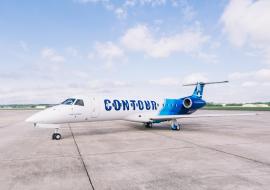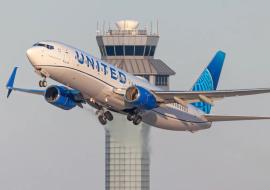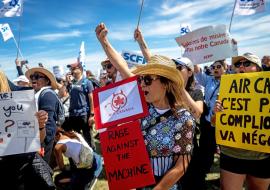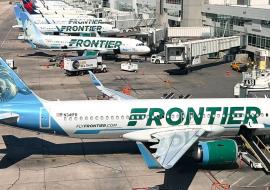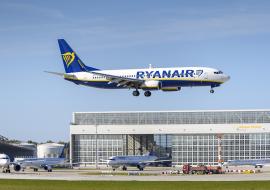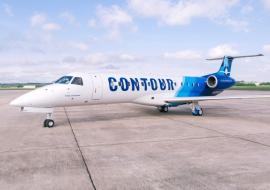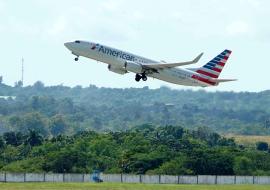Travel ABC: Understanding Flight Waivers
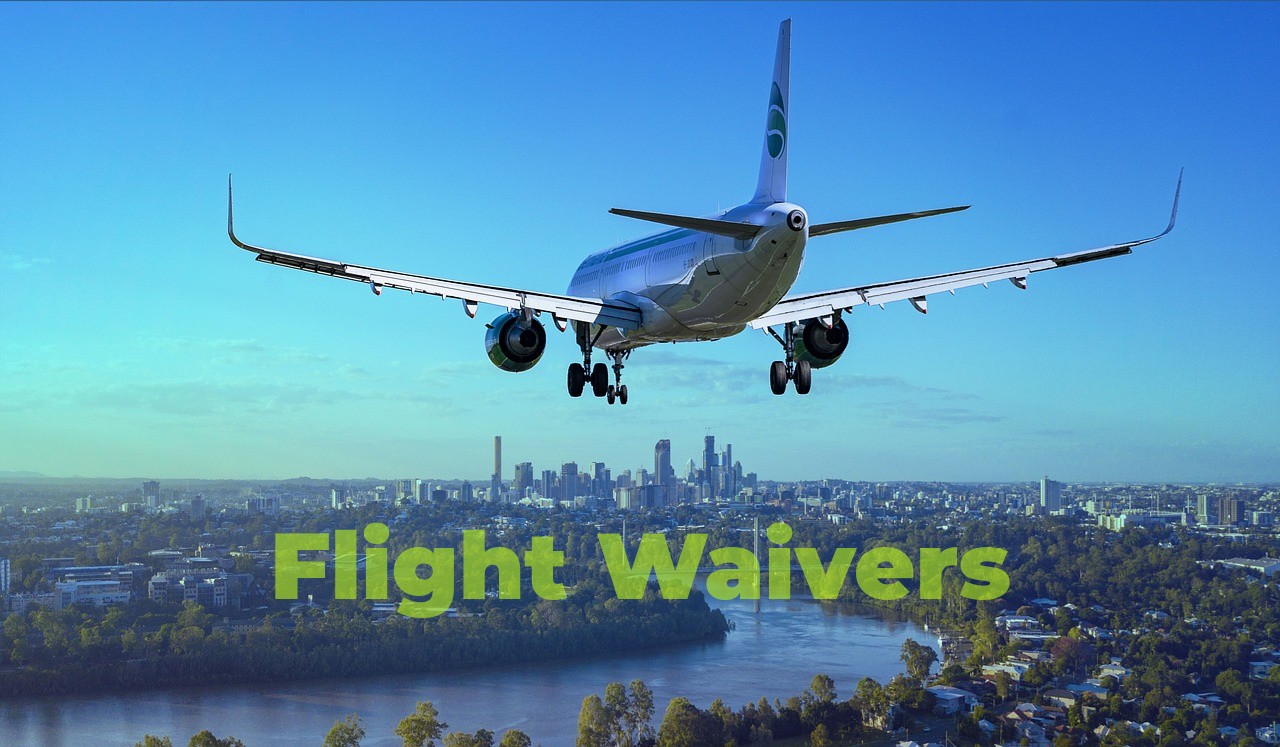
By Jorge Coromina
In today's fast-paced world, air travel has become an integral part of our lives. However, unforeseen circumstances can sometimes disrupt our travel plans. To alleviate the inconvenience caused by such disruptions, airlines often offer flight waivers.
What Are Flight Waivers?
Flight waivers, also known as travel waivers or voluntary flight change policies, are provisions made by airlines to accommodate passengers affected by unexpected events or situations. These waivers allow passengers to modify their travel itineraries, including changing their flights or rebooking without incurring additional charges or penalties.
Applicability of Flight Waivers
Flight waivers are typically offered when certain conditions arise that are beyond a passenger's control. These conditions may include:
Weather-Related Events: Inclement weather, such as hurricanes, blizzards, or severe storms, can disrupt flight schedules and pose safety risks. When airlines anticipate or experience significant weather-related disruptions, they may issue flight waivers to affected passengers, allowing them to change their travel plans without penalties.
Natural Disasters: Earthquakes, volcanic eruptions, or other natural disasters can lead to the temporary closure of airports or airspace, making flights impossible or unsafe. In such cases, airlines may provide flight waivers to passengers affected by the event.
Airline Operational Issues: Occasionally, airlines face unexpected operational challenges, such as technical malfunctions, labor disputes, or crew shortages. When these issues result in flight cancellations, delays, or other significant disruptions, airlines often offer flight waivers to accommodate affected passengers.
Civil Unrest or Political Instability: In situations involving civil unrest, political instability, or travel advisories issued by governments, airlines may provide flight waivers to passengers with travel plans to affected regions. This allows passengers to alter their itineraries or choose alternative destinations without financial penalties.
Health Emergencies or Disease Outbreaks: Public health emergencies or disease outbreaks, such as the COVID-19 pandemic, can cause travel restrictions, border closures, or flight cancellations. Airlines may issue flight waivers in response to these situations, enabling passengers to reschedule or modify their flights as needed.
How Flight Waivers Work
When a triggering event occurs, airlines usually announce flight waivers through their official channels, including their websites, social media platforms, and customer service channels. The waivers typically specify the affected regions, travel dates, and any other relevant details. Passengers with flights falling within the designated timeframes or affected regions can then take advantage of the waiver.
To utilize a flight waiver, passengers typically need to contact the airline's customer service or access their booking platforms online. The airline may provide options such as rebooking on a different flight, changing the destination, or requesting a refund or travel credit. It is essential to note that flight waivers are subject to specific terms and conditions, such as limited validity periods or restrictions on certain fare types.
Flight waivers serve as a vital mechanism for airlines to support passengers during unexpected disruptions. By offering flexibility in changing travel plans without additional charges or penalties, these waivers provide a degree of respite for individuals facing unforeseen events.
From weather-related incidents to operational issues or health emergencies, flight waivers are designed to mitigate the inconvenience caused by factors beyond a passenger's control.
When such circumstances arise, passengers should stay informed through official airline communications and take advantage of the flexibility provided by flight waivers to ensure a smoother travel experience.







